Can You Sail a 420 Single-Handed?
The 420 is a popular two-person dinghy that is commonly used for racing and recreational sailing. It's a fast and responsive boat that can be a lot of fun to sail, but it can also be challenging to handle, especially in strong winds. If you are wondering if you can sail a 420 single-handed, this article is for you.
You can sail a 420 single-handed, but you need to have experience sailing it with a partner before attempting to sail solo. It requires a high level of skill, experience, and physical strength, as it can be challenging to handle the sails and control the boat's direction and speed alone.
Sailing a 420 single-handed can help you gain confidence and independence, but it can also be mentally and physically challenging. Let's look at some of the advantages and challenges of sailing a 420 alone.
Summary
- Sailing a 420 single-handedly provides independence, improves skills, challenges your personality, and gives you a sense of freedom and adventure.
- While it's possible to sail a 420 alone, it has safety risks, can be physically and mentally demanding, and requires handling emergencies without the help of a crew.
- A few essential skills you need to equip yourself with when sailing a 420 single-handedly include managing the sails, steering, and tacking, and knowing how to deal with capsizing.
- To have a more advanced single-handed sailing experience, try using the spinnaker and doing trapping and trapeze work to increase the speed and stability of the boat.
- Having proper equipment, practice, and planning ensures a safe and successful sailing, especially when sailing alone.
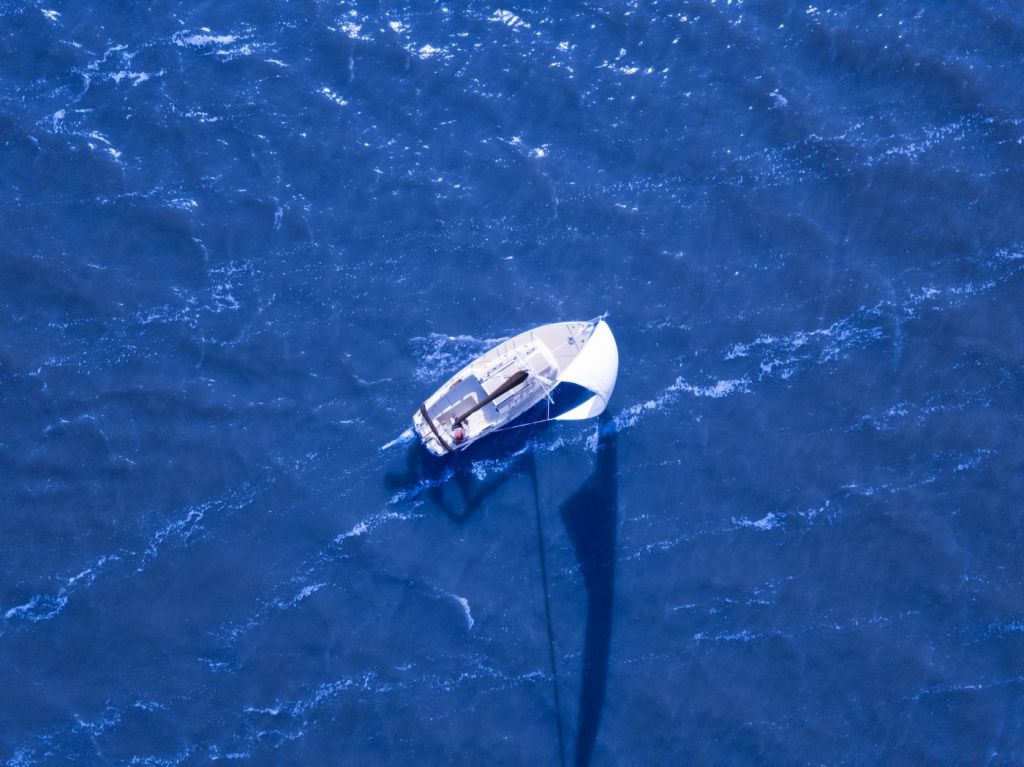
On this page:
Sailing A 420 Single-Handedly
While it is possible to sail a 420 alone, it requires a high level of skill and experience. Solo sailing a 420 can be challenging, as the boat is designed to be sailed by two people.
One must be able to handle the boat's sails, steering, and navigation on their own, and must be prepared to handle emergencies without the help of a crew. It is recommended that sailors have significant experience sailing a 420 with a crew before attempting to sail one solo.
A 420 sailboat is a type of two-person dinghy that is popular for racing and recreational sailing. It is 4.2 meters (13.78 feet) in length and has a sail area of 10.5 square meters (113 square feet). It is known for its high performance, speed, and maneuverability, and is often used as a training boat for aspiring sailors.
If you want to try sailing other sailboats on your own, here are 9 of the best sailboats suitable for solo sailing that you can try.
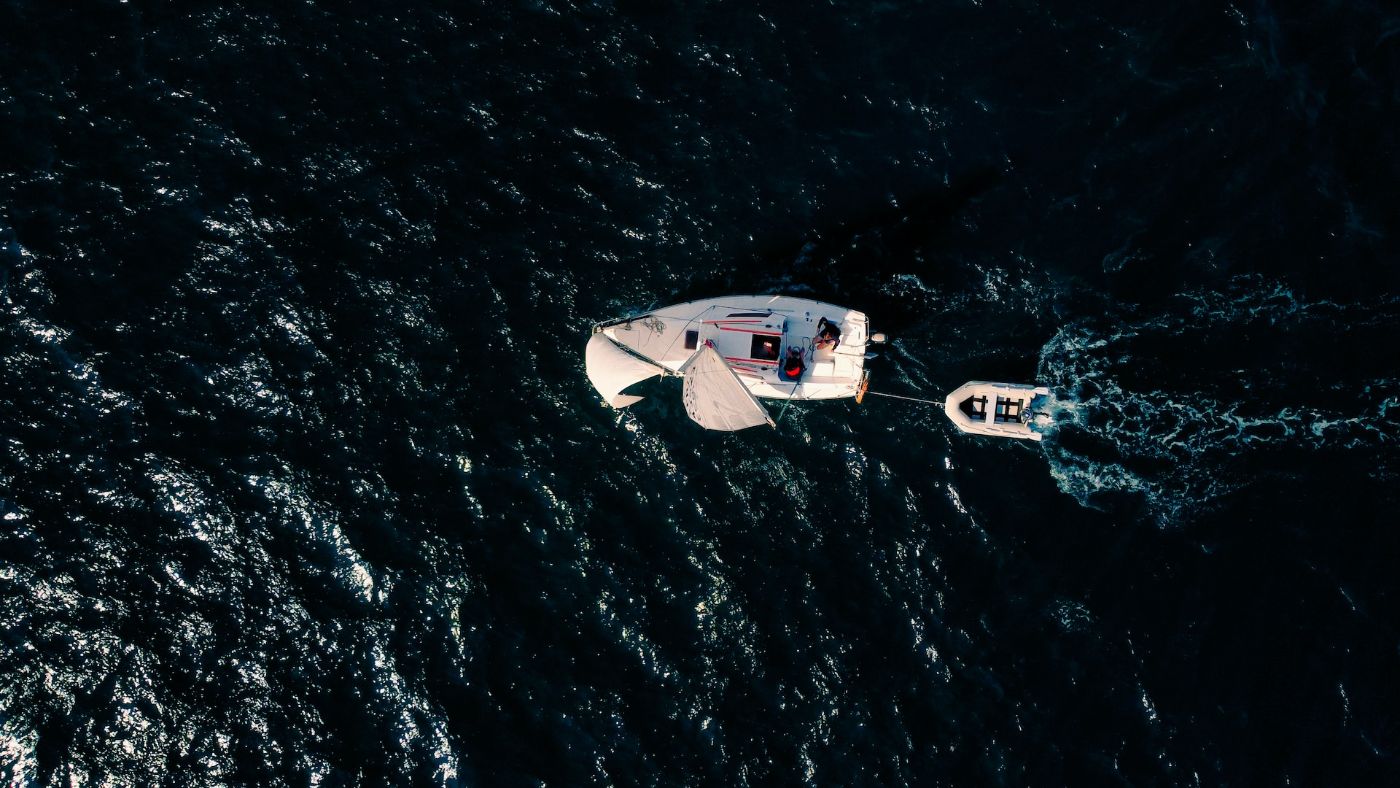
Advantages of sailing a 420 single-handed
-
It provides you with independence
One of the biggest advantages of sailing a 420 single-handed is the independence it provides. You have complete control over the boat and can make all the decisions without having to consult with a crew member. -
It can improve your skills
Sailing a 420 single-handedly requires a high level of skill and concentration. You have to manage the boat's sails, steering, and navigation on your own, which can help improve your sailing skills. -
It challenges your personality
If you plan to sail solo, you have to overcome physical challenges such as fatigue. Sailing a 420 requires a lot of physical effort, especially when it comes to handling the boat's sails and steering.
You must be able to handle the demands of solo sailing, such as managing the boat in different wind and weather conditions and performing routine maintenance and safety checks.
Sailing alone for extended periods of time can be mentally exhausting and lonely, which can be a challenge for some sailors. You need to overcome mental challenges, such as loneliness. You can learn to overcome these by relying on yourself and your own abilities, which can be very empowering and rewarding.
- It gives you freedom
Sailing a 420 single-handedly provides a sense of freedom and adventure. Solo sailors can explore new places and challenge themselves in ways that are not possible with a crew.
Challenges of sailing solo in a 420
-
It has safety risks
Sailing a 420 single-handed can be dangerous if proper safety precautions are not taken. You need to be able to handle emergencies on your own, such as capsizing or getting caught in bad weather. -
It can be physically demanding
Sailing this sailboat single-handedly requires a lot of physical effort, especially when it comes to handling the boat's sails and steering. You need to be in good physical condition and able to handle the demands of solo sailing.
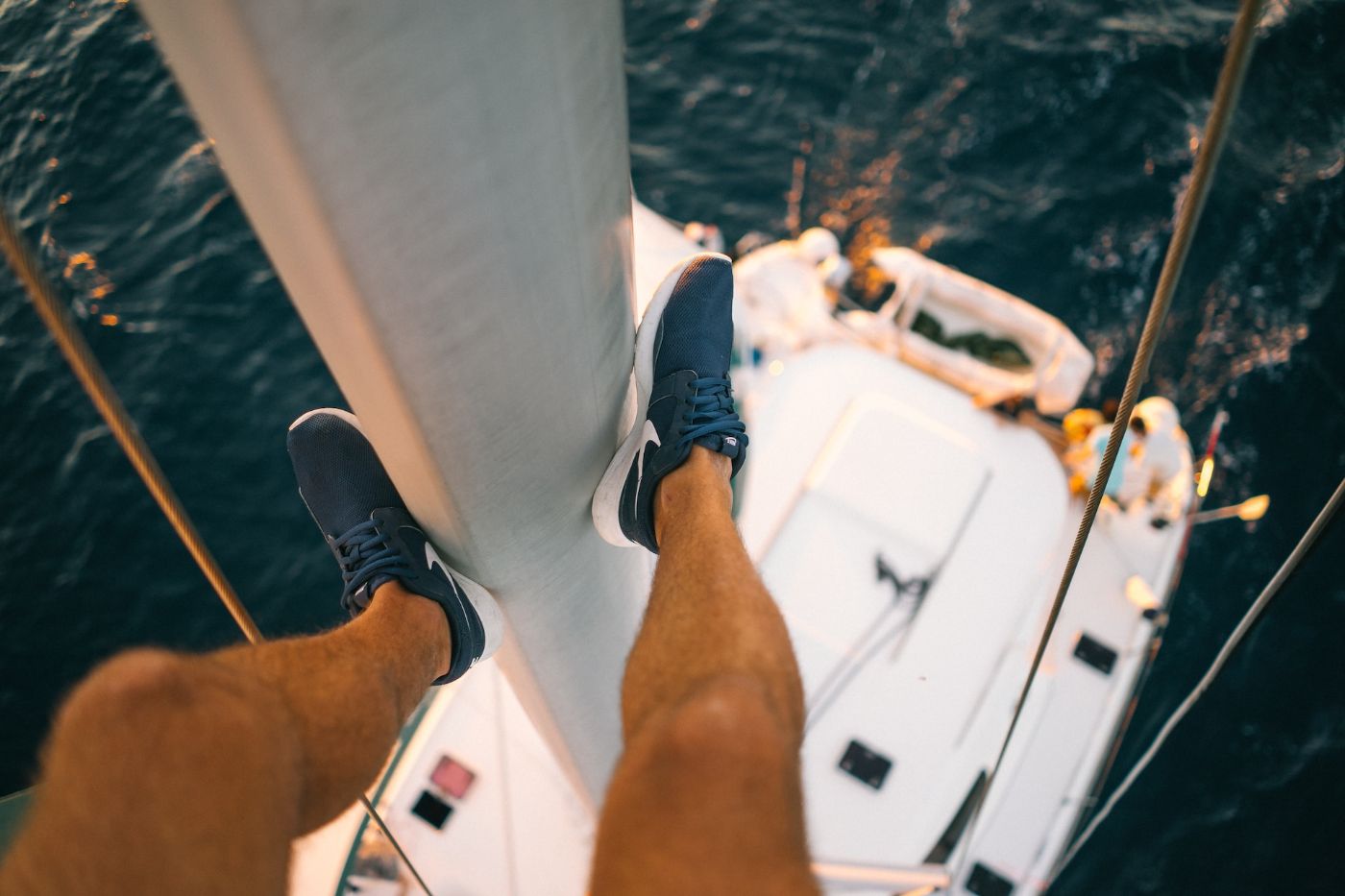
-
It can be mentally exhausting
Sailing alone can be mentally exhausting, especially on long voyages. You must be able to stay alert and focused for extended periods of time, which can be challenging. -
You have limited resources: Sailing 420 single-handed means that there is limited help available if something goes wrong. You should know how to handle any problems that arise on your own, without the help of a crew.
Essential Skills For Sailing A 420 Single-Handed
In this section, we will cover some tips for managing the sails, steering, and tacking, and dealing with capsizing.
Managing the sails
Here are some tips to help you manage the sails effectively, even when alone:
-
Use a smaller sail
If you are new to sailing a 420 single-handed, perhaps consider using a smaller sail to make it easier to manage the boat. -
Adjust the sails
Try to adjust the sails according to the wind conditions. If the wind is strong, you may need to reduce the sail area to prevent the boat from capsizing. -
Use the right sail controls
The 420 has several sail controls, including the mainsheet, jib sheet, and traveler. You might need to learn how to use these controls effectively to manage the sails. Here's a beginner guide to familiarizing yourself with sail names.
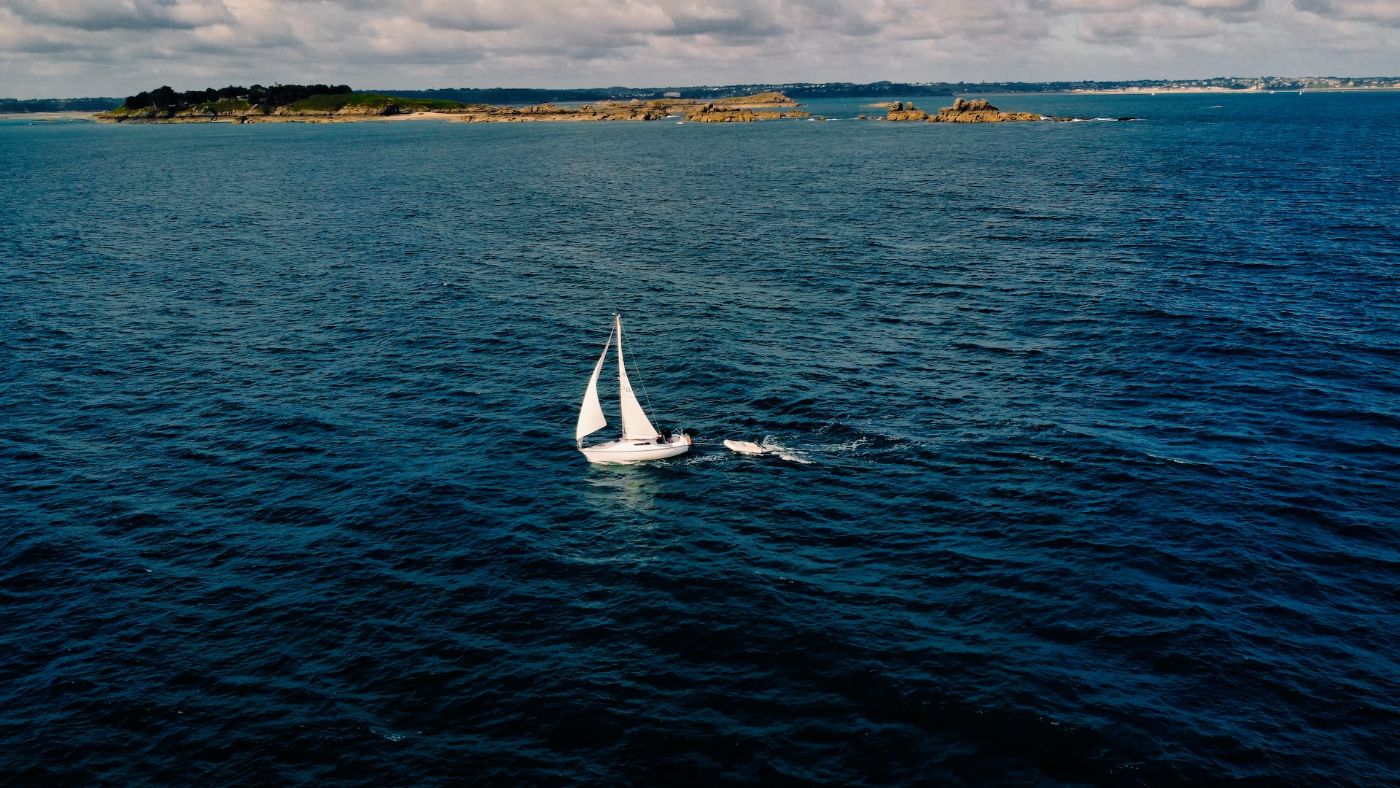
You can also look at these 5 pro tips on how to raise the main sail single-handedly.
Steering and tacking a 420 single-handedly
Here are some tips to help you steer and tack the boat alone:
-
Use the tiller extension
The tiller extension allows you to steer the boat from a more comfortable position, making it easier to control the boat. It can also help you avoid back strain and fatigue, as you can sit or stand in a more comfortable position while steering the boat. -
Plan your tacks
Before tacking, plan your maneuver carefully. Release the jib sheet and turn the boat into the wind. Once the boat has turned, pull in the jib sheet and adjust the sails. -
Practice tacking
Practice tacking in light wind conditions before attempting to tack in stronger winds. This is because tacking in strong winds can be more challenging and requires more skill and experience. By practicing in light wind conditions first, you can build your confidence and develop your technique before moving on to more challenging conditions.
Start by sailing upwind on one tack, then turn the bow through the wind and switch to the other tack. Keep the boat moving as smoothly and efficiently as possible, and avoid stalling or losing momentum. Perhaps try practicing in different wind conditions until you feel confident and comfortable with the maneuver.
Dealing with capsizing
Although capsizing is a common occurrence, here are some tips to help you deal with it once it happens:
-
Stay with the boat
If the boat capssizes, stay with it. The boat will act as a flotation device, making it easier to stay afloat. -
Right the boat
To right the boat, climb onto the centerboard and use your body weight to bring the boat upright. Once the boat is upright, climb back into it. -
Bail out the water
Once the boat is upright, you could use a bucket or bailer to remove the water from the boat.
Advanced Techniques In Single-Handed Sailing
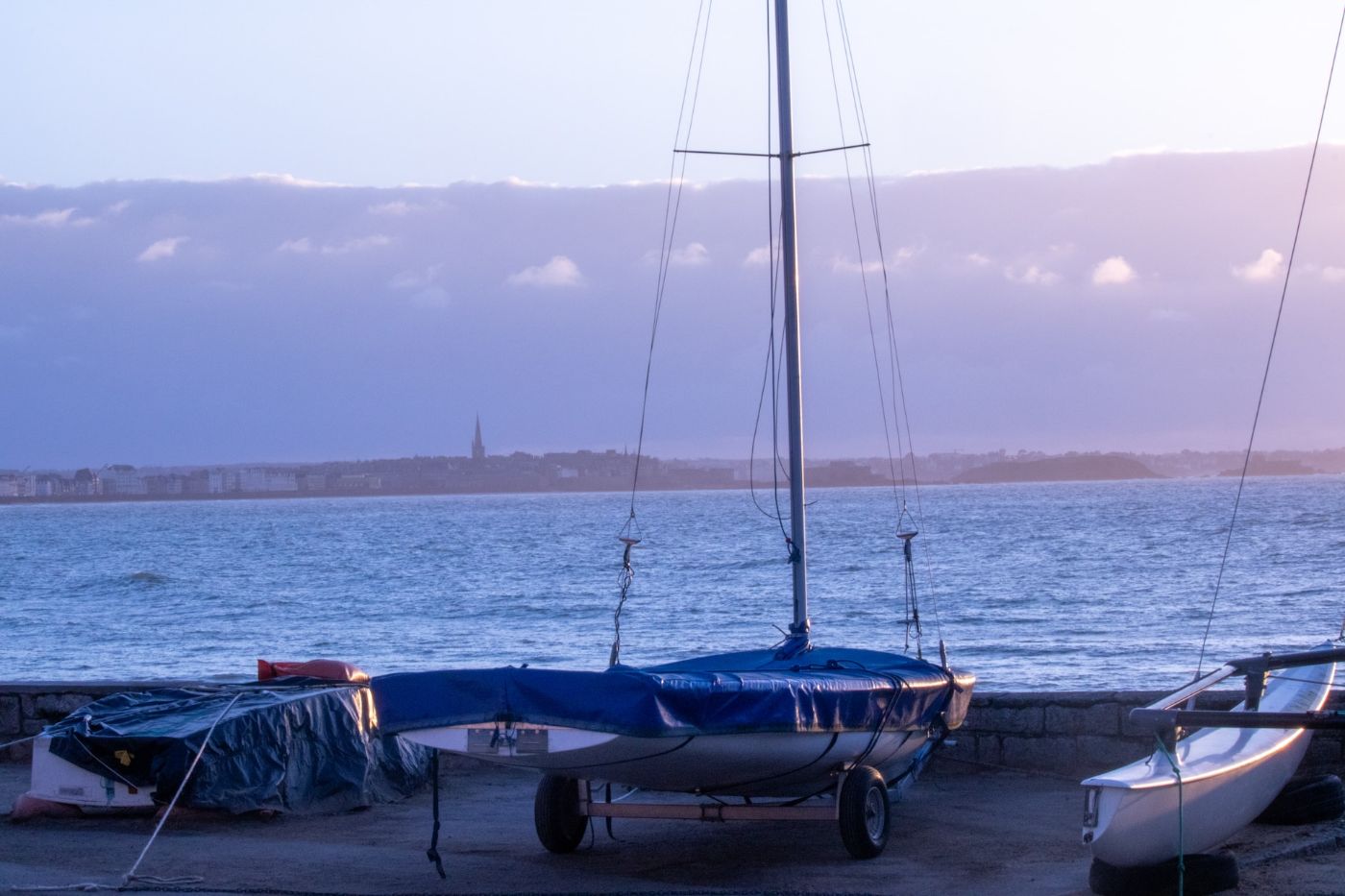
Here are some tips to help you improve your single-handed sailing skills to the next level and get the most out of your 420:
Use the spinnaker
Using the spinnaker can be a great way to increase your speed when sailing alone. Here are a few tips to help you make the most of your spinnaker:
-
Make sure your boat is rigged correctly. The spinnaker should be attached to a pole that extends from the mast, and the pole should be secured to the boat with a guy and a downhaul.
-
Practice hoisting and lowering the spinnaker on land before you take it out on the water. This will help you get a feel for how it works and how to control it.
-
When you're ready to use the spinnaker on the water, start by sailing downwind with your mainsail and jib set. Then, hoist the spinnaker and trim it to catch the wind.
-
Use the spinnaker to your advantage by adjusting it to the wind conditions. If the wind is light, you'll want to trim the spinnaker in tight. If the wind is strong, you'll want to ease the spinnaker out a bit to reduce the strain on the boat.
For a more detailed guide on how to rig, set up, and hoist a spinnaker, you can refer to this article.
Doing trapping and trapeze work
Trapping and trapeze work can also be a great way to increase your speed and stability when sailing alone. Here are a few tips to help you get started:
-
Make sure you have the right equipment. You'll need a harness and a trapeze wire that's long enough to allow you to hang out over the water.
-
Practice hanging out over the water on land before you try it on the water. This will help you get comfortable with the sensation of being suspended in the air.
-
When you're ready to try trapping and trapeze work on the water, start by sailing downwind with your mainsail and jib set. Then, hook your harness onto the trapeze wire and lean out over the water.
-
Use your weight to help balance the boat and keep it stable. If the boat starts to tip, lean in the opposite direction to counterbalance it.
-
Be careful not to let go of the trapeze wire, or the boat could capsize. Always keep one hand on the wire and one hand on the main sheet.
Did you find the answer to your specific question?
👍 0 👎 0


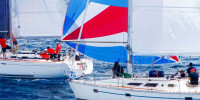

Leave a comment